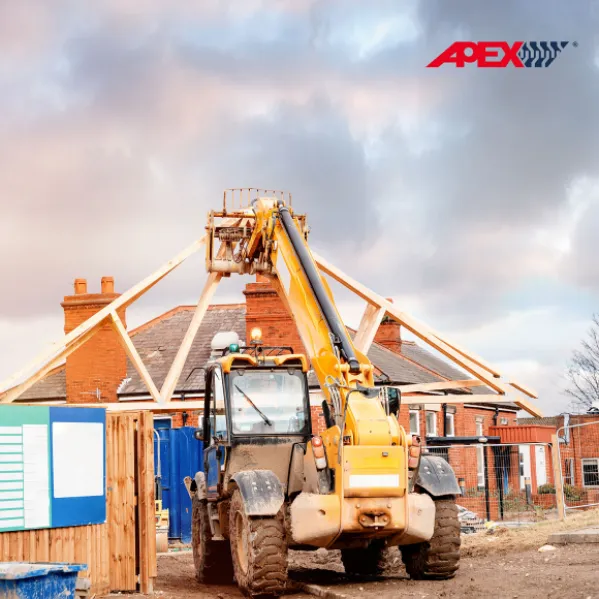Industrial
2023-02-17
Telehandler Safety Tips

A telehandler is also referred to as a boom lift, teleporter, or telescopic handler. They are crucial tools for handling, lifting, and moving loads. However, it is crucial to follow telehandler safety regulations in order to work safely and efficiently. Operating these substantial pieces of machinery raises safety concerns. Follow these safety recommendations to prevent incidents as you take advantage of telehandlers' adaptability.
Construction workers are essential to follow the following:
- Before employing telehandlers, workers should whenever possible obtain both broad training and practical hands-on training, as telehandler safety training is crucial.
- Always remember to check the vehicle before use at all times. Perform a daily functional and visual inspection before beginning work, and only proceed if the equipment is in good shape. Using a telehandler safety checklist, you can make sure your equipment is ready for use.
- Be very careful when loading the telehandler. Make sure the load is never heavier than the maximum weight. The telescopic handler may tip if there are too many loads on it.
- Driving safely at moderate speeds is a must thing to do especially on an unsteady construction site. Cornering can be extremely risky, so do so gently and carefully to avoid tipping the car. It is preferable to drive in reverse if you can't see more than two meters over the load.
- Make sure the forks are set to a height that prevents them from scraping or spearing the ground when traveling through difficult terrain. When carrying a load, tilt the forks back and keep the load +/- 30 cm off the ground. On uneven ground, pay close attention to the height of the forks and adjust them as necessary.
- Do not allow anyone to walk under the weight. Check the space in front of the telehandler if it is clear and proceeds. Under the strain, no one should walk or stand, since this could result in significant damage.
Another important point is that telehandlers operate with a top speed of 40 km/h on roads and differently on worksites. The speed must be adjusted in this instance to the circumstances. It is possible to lose control of the steering wheel and telescopic handler when driving through difficult terrain at a fast pace. Consider the telescoping handler's load and the type of terrain.
Interested in telehandlers? Find out more about them on our official site. At APEXWAY we offer solid tires fit for telehandlers and other construction machinery, solid tire of choice.
Click here to learn more:





